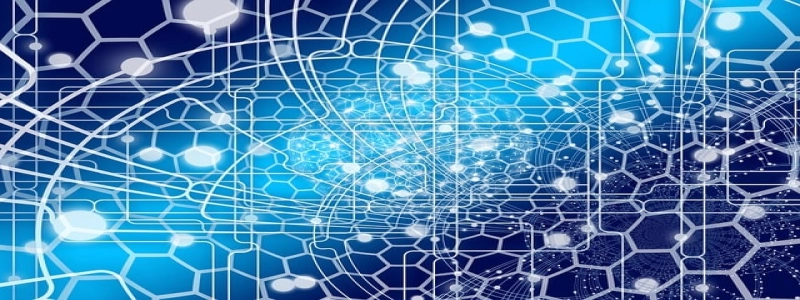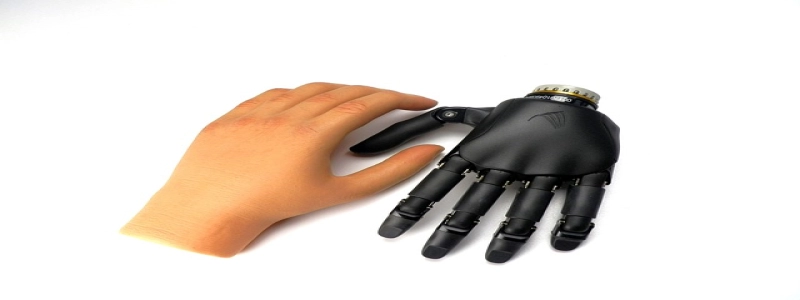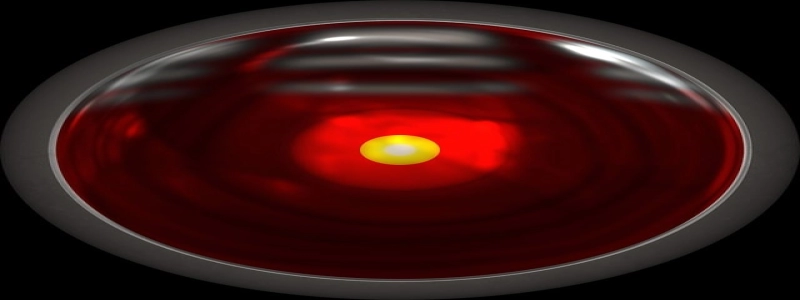Fiber Optic LC Cable
Introduction:
The fiber optic LC cable is a type of fiber optic patch cord that utilizes the small form-factor LC connector. LC stands for Lucent Connector, which is a popular choice for high-density applications due to its compact size. This article will provide a detailed explanation of the fiber optic LC cable, its structure, benefits, and applications.
I. Structure of Fiber Optic LC Cable:
The fiber optic LC cable consists of several key components that work together to transmit optical signals effectively. These components include:
1. Fiber Optic Core: The fiber optic core is a thin strand of glass or plastic material where the light signals travel through. It is surrounded by a cladding layer that helps to maintain the light within the core and prevent signal loss.
2. LC Connector: The LC connector is a small, push-pull type connector that ensures easy and secure connectivity. It features a latch mechanism that firmly holds the connector in place, minimizing the risk of accidental disconnection.
3. Outer Jacket: The outer jacket of the LC cable provides protection and insulation to the internal components. It is typically made of durable materials like PVC or LSZH (Low Smoke Zero Halogen) to meet safety requirements.
II. Benefits of Fiber Optic LC Cable:
The fiber optic LC cable offers various advantages over other types of fiber optic cables. Some of the key benefits include:
1. Space-saving Design: The LC connector’s small form factor allows for higher port density in patch panels and equipment, making it ideal for applications where space is limited.
2. Enhanced Performance: The LC cable offers low insertion loss and high return loss, ensuring optimal signal transmission and reducing the risk of signal degradation.
3. Easy to Use and Install: The push-pull mechanism of the LC connector makes it easy to connect and disconnect without requiring additional tools. This feature simplifies installation and saves time.
4. Compatibility: The LC connector is compatible with other industry-standard connectors, such as SC and ST connectors, allowing for seamless integration in diverse fiber optic networks.
III. Applications of Fiber Optic LC Cable:
The fiber optic LC cable finds applications in various industries and environments. Some common applications include:
1. Data Centers: Due to their high port density, LC cables are widely used in data centers for connecting servers, switches, and storage devices. They enable efficient data transmission and reduce cable management complexities.
2. Telecommunication Networks: LC cables are commonly used for connecting network equipment, such as routers, modems, and switches, in telecommunications networks. Their compact size and excellent performance make them a preferred choice.
3. LAN/WAN Connectivity: LC cables are extensively used in local area networks (LANs) and wide area networks (WANs) to establish reliable and high-speed connections between devices, ensuring smooth data transmission.
Conclusion:
The fiber optic LC cable offers an efficient and reliable solution for transmitting optical signals in various applications. Its small form-factor, enhanced performance, and ease of use make it a popular choice in industries like data centers, telecommunications, and networking. By understanding the structure, benefits, and applications of the fiber optic LC cable, users can make informed decisions and harness the advantages of fiber optic technology.








